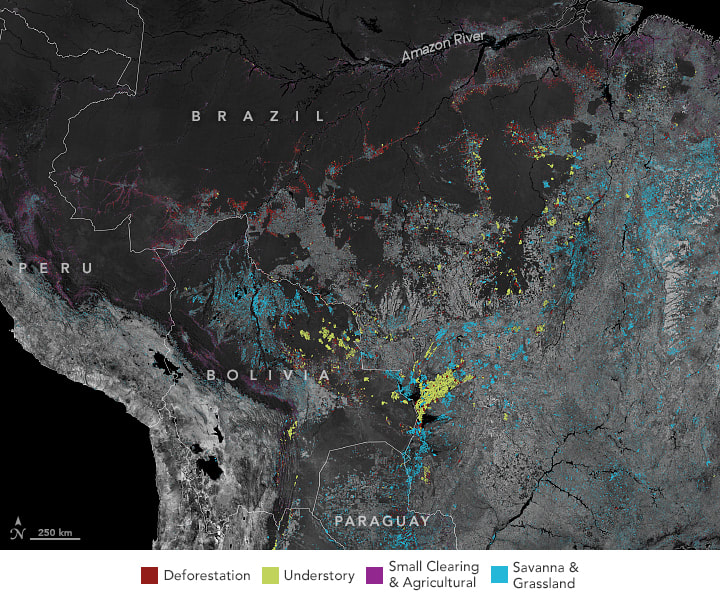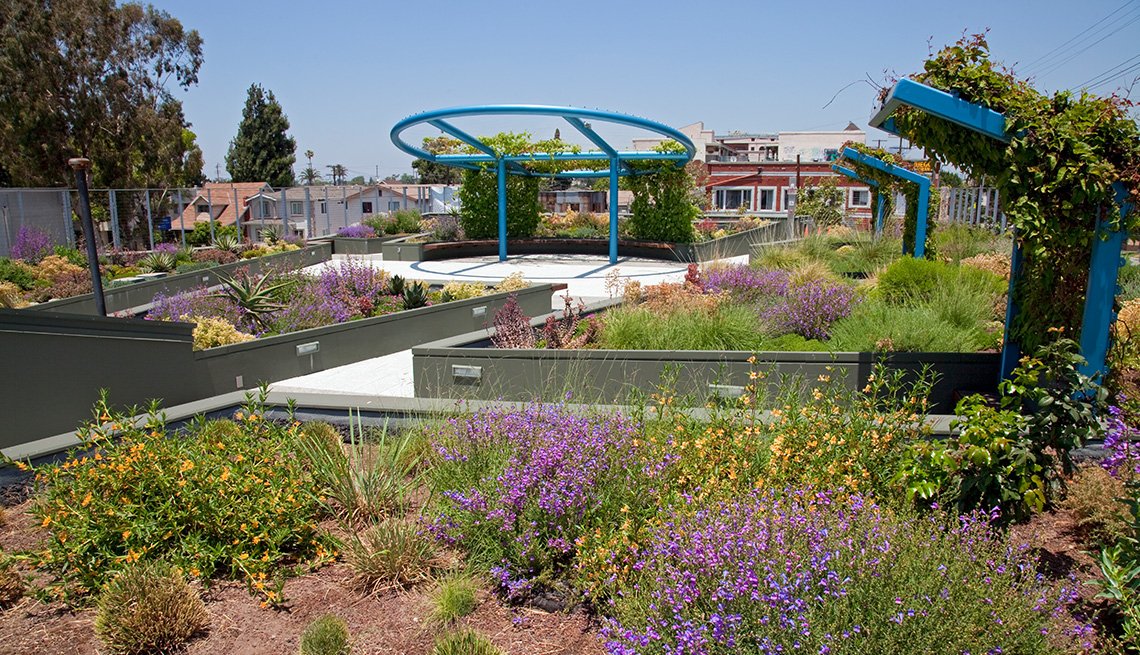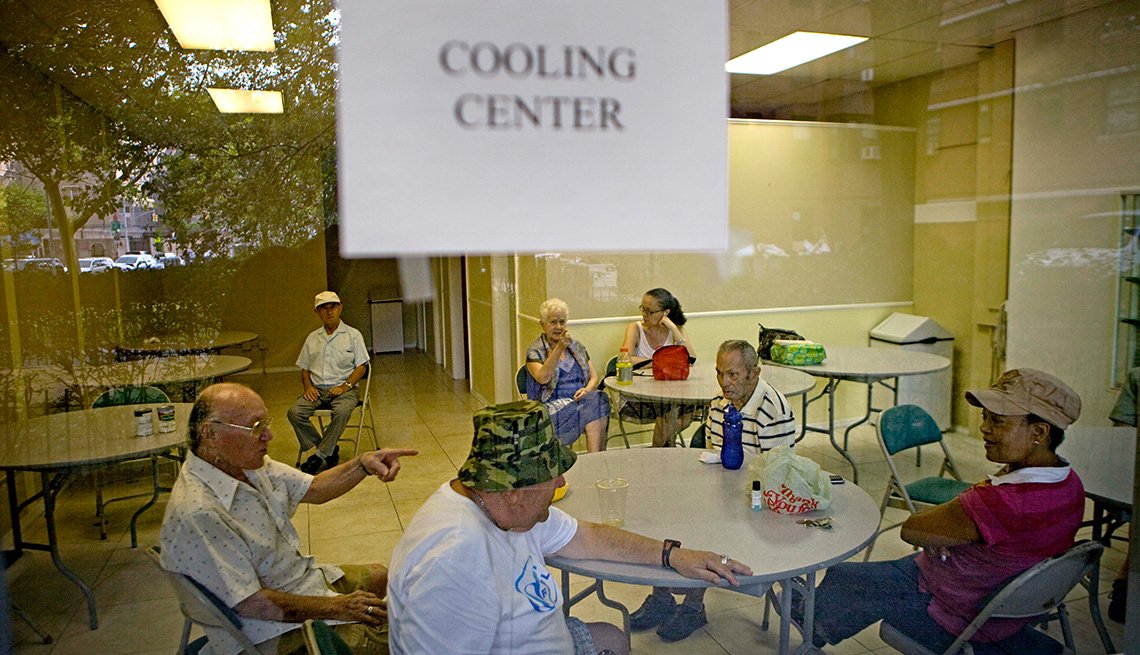IS THE AMAZON FACING A CRITICAL SHIFT?
Part of the rainforest now a net emitter of carbon.
By RACHEL PANNETT Washington Post
The Amazon is emitting more carbon than it can absorb, in what scientists say is a disturbing new signal that the Earth may be reaching a tipping point on climate change.
A study recently published in the journal Nature suggests that fire and deforestation, along with warmer temperatures and markedly drier conditions, mean the world's largest rainforest is gradually losing its ability to be a carbon sink.
The impact of changes to the Amazon reach far beyond South America. For generations, the rainforest has stored an immense amount of carbon in its soil and enormous trees, playing an important role in keeping the global environment stable.
When this study shows that the carbon budget from a believed carbon sinking area is actually a source of 0.3 billion tons of carbon per year, it sounds the alarm bells, said Lucas Domingues, an environmental scientist and one of the paper's co-authors.
We need to rethink global strategies to combat climate change, speeding up actions in effective ways, added the researcher, now based at New Zealand's GNS Science institute.
Over the course of nearly a decade, the researchers used small planes to collect hundreds of air samples at up to 14,800 feet above sea level. They found that not only were carbon emissions greater in eastern parts of the Amazon than in the west, but that the southeastern area, a hot spot of deforestation, is now acting as a source of carbon emissions into the atmosphere rather than a carbon sink.
Areas with higher levels of deforestation were responsible for a carbon emission 10 times greater than preserved areas, Domingues said.
In recent years, the combination of rising temperatures, crippling wildfires and ongoing land clearing for cattle ranching and crops has extended dry seasons, killed off watersensitive vegetation and created conditions for more fire.
The number of fires in the Amazon in 2020 exceeded the total from the previous year, when the smoldering rainforest dominated news for weeks and inspired global calls for emergency action. Between August 2019 and July 2020, the Amazon lost the equivalent of two Delaware's worth of forest, the Washington Post previously reported.
The revelation that parts of the Amazon are becoming a source of emissions is not new. But previous studies were conducted with satellite data, which can be affected by cloud cover, and ground measurements of trees over a smaller area. This study is the first to use direct atmospheric measurements spanning a wide region.
The world has experienced about 1.8 degrees Fahrenheit of warming since the late 19th century, according to NASA, largely because of greenhouse gas emissions.
If the Amazon and boreal forests are irreversibly damaged, it would mean you have lost control of the climate, said David Bowman, a professor of pyrogeography and fire science at Australia's University of Tasmania, who was not part of the study.
Luciana Gatti, a researcher at Brazil's National Institute for Space Research and lead author of the study, told the environment news site Mongabay: My question is, if we stop now with fires and deforestation and start the very important repair process for forests, could we reverse the picture? . . . I don't know.









 RSS Feed
RSS Feed